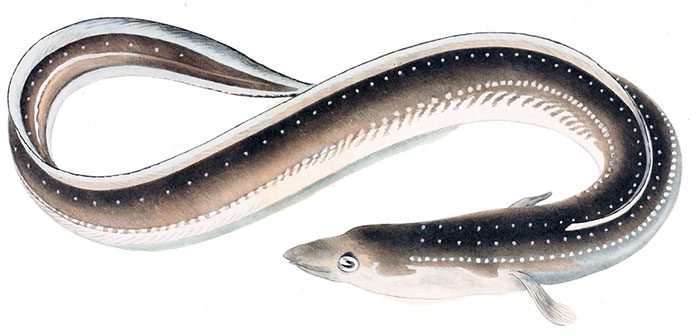Japanese Eels Successfully Escape from the Stomach of Predatory Fish Through Gill Slits.
Few species of insects or mollusks can survive after being swallowed by fish. However, the Japanese eel (scientific name: Anguilla japonica) has remarkably succeeded in doing so.

Japanese eel successfully escapes from the stomach of predatory fish (Image: Getty).
Using X-ray video, scientists from Nagasaki University, Japan, recorded the entire process as well as the escape strategy of the eel.
Interestingly, the active escape from the digestive system of predatory animals seems to have become a behavioral trait of this eel species.
Specifically, among 32 eels tested, 13 individuals found their way out of the fish’s stomach and regained their freedom.
Video: How eels escape from the stomach of fish after being swallowed.
To achieve this, they wriggle and crawl backward, aiming to return to the fish’s esophagus. However, the eels do not escape directly from the predator’s mouth. Instead, they seek the connection between the gill slits and emerge from there.
This behavior increases the survival rate of the eels, as they avoid being swallowed back in.
Researchers believe this discovery has provided new insights into the muscular strength and the ability of eels to endure highly acidic, anaerobic environments.
Additionally, the long and slippery morphology of the eels is essential for them to quickly escape from the digestive tract before being absorbed.
On average, the maximum time for each eel to escape from the fish’s body is about 4 minutes, before they die in the predator’s digestive environment.


















































